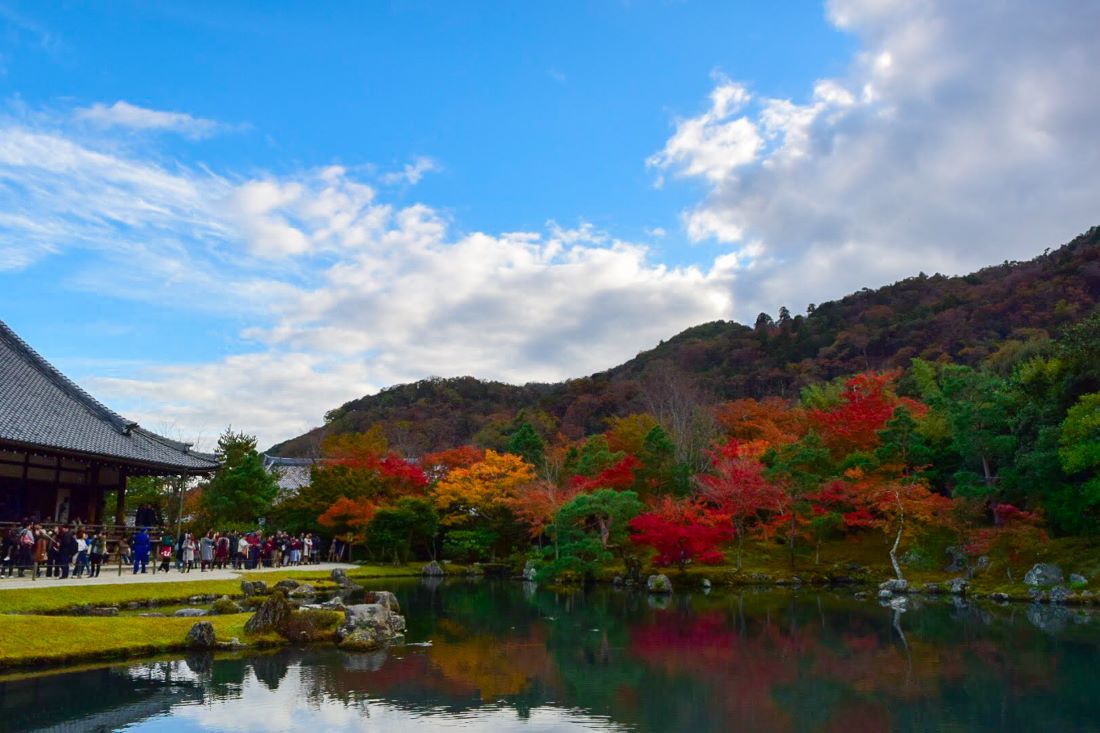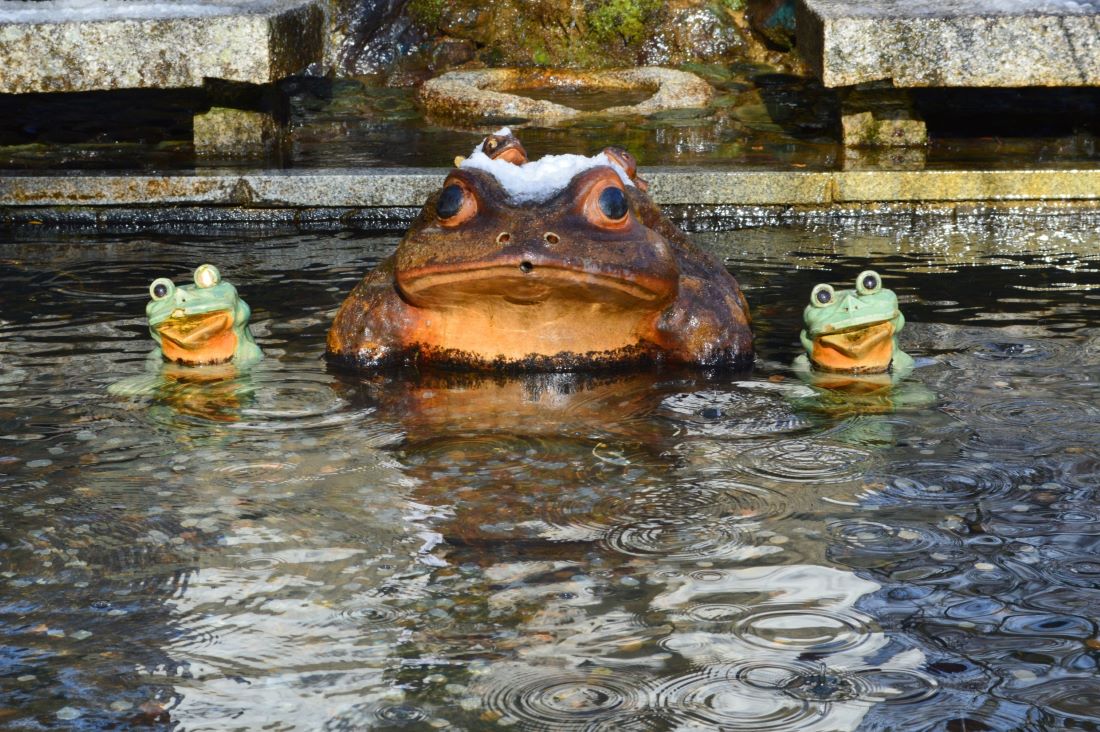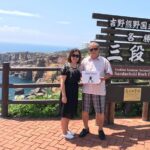Tenryuji Temple is a UNESCO World Heritage site in the Arashiyama district of Kyoto, Japan. It is one of the city’s most popular attractions, drawing visitors from all over the world to marvel at its stunning gardens and historic buildings.

The temple was founded in 1339 by the shogun Ashikaga Takauji, who commissioned it as a memorial to Emperor Go-Daigo. Over the centuries, Tenryuji has been destroyed and rebuilt several times, but it has always remained an important cultural and religious center in Japan.
Today, visitors to Tenryuji can explore the temple’s beautiful gardens, which were designed by the famous landscape architect Muso Soseki. The gardens feature a large pond, several walking paths, and trees and plants that change with the seasons.
The temple’s main hall, which dates back to the 14th century, is also open to the public and contains several important works of art and religious artifacts.
History

Tenryuji is a Zen temple htat was established in 1339 by Ashikaga Takauji, the founder of the Ashikaga shogunate, to honor Emperor Go-Daigo. The temple was built on the site of the former Danrin-ji Temple, which was destroyed during the Genkō War.
The original buildings were destroyed by fire and war several times over the centuries. The current buildings were constructed in the 19th century and are designated as important cultural properties by the Japanese government.
The temple is known for its beautiful gardens, which were designed by Musō Soseki, a famous Zen master and garden designer. The gardens feature a large pond, a waterfall, and plants and trees, including cherry blossoms, maples, and bamboo. The gardens are considered to be some of the best examples of Japanese garden design and are also designated as a special place of scenic beauty by the Japanese government.
Architecture

Tenryuji Temple is a prime example of the traditional Japanese Zen temple architecture. The buildings are constructed with wood and feature a combination of Japanese and Chinese architectural styles. The temple’s main hall, called the Hatto, is a designated National Treasure of Japan and is one of the oldest wooden structures in Kyoto.
The Hatto is a stunning example of the traditional Zen temple architecture. It features a large, open interior space with a high ceiling supported by wooden pillars. The walls are adorned with beautiful paintings and calligraphy, and the floor is covered with tatami mats. The Hatto is also home to a large, bronze bell that is rung to announce the start of important ceremonies.
The other buildings at Tenryuji, including the Hojo (the abbot’s quarters), the Sogenchi Garden, and the Shoin (the study), are also excellent examples of traditional Japanese architecture. The buildings are constructed with wood and feature intricate carvings and woodwork. The Sogenchi Garden, in particular, is a masterpiece of Japanese garden design and is considered one of the best examples of a “strolling garden” in Japan.
Gardens

Known for its beautiful gardens that have been designated as a UNESCO World Heritage Site, they were created by Muso Soseki, a famous Zen Buddhist monk and garden designer, in the 14th century. The gardens are a perfect example of the traditional Japanese garden design, which aims to create a peaceful and harmonious environment.
The gardens are divided into several sections, each with its unique features. The main garden, called Sogenchi Teien, is a large pond garden with a central pond surrounded by rocks, trees, and plants. The pond is home to several large koi fish, which are a popular attraction.
It also features a small bamboo grove, which is a peaceful and tranquil area with a walking path that winds through the bamboo. There is also a beautiful rock garden, called Karesansui, which is a dry landscape garden made up of rocks and sand. The garden is meant to represent a Zen garden and is a popular spot for meditation.
The gardens are not just beautiful, but they are also designed to be eco-friendly. The gardens use a natural water supply, and the plants are carefully selected to be low-maintenance and require minimal watering. The gardens are also home to wildlife, including birds, insects, and small animals.
Cultural Significance

The temple is significant for its historical and cultural importance, as well as its architectural and artistic value.
It was built in 1339 by Ashikaga Takauji, the founder of the Ashikaga shogunate, to honor Emperor Go-Daigo. It was later destroyed by fire and rebuilt in the 19th century. The temple is famous for its beautiful gardens, which are considered to be some of the best examples of Japanese garden design. The gardens were designed by Muso Soseki, a famous Zen priest and garden designer.
The temple is also significant for its connection to Zen Buddhism. It was the headquarters of the Tenryuji branch of the Rinzai school of Zen Buddhism, which was founded by Muso Soseki. The temple played an important role in the development of Zen Buddhism in Japan, and it continues to be an important center for Zen practice and study.
In addition to its cultural and historical significance, Tenryuji Temple is also known for its artistic value. The temple houses many important works of art, including paintings, calligraphy, and sculptures. One of the most famous works of art at the temple is the Dragon Screen, a pair of six-panel folding screens that depict dragons in gold leaf on a black lacquer background.
Visitor Information

The temple is easily accessible by train or bus, with the nearest station being Saga-Arashiyama Station on the JR Sagano Line. You can also take the Kyoto City Bus to the Arashiyama Tenryuji-mae bus stop.
Admission to Tenryuji Temple is 600 yen for adults and 400 yen for children. The temple is open daily from 8:30am to 5:30pm, with last admission at 5:00pm. Visitors are encouraged to arrive early in the day to avoid crowds.
Guided tours of the temple are available in English and Japanese for an additional fee. You can also rent an audio guide for a self-guided tour of the temple and its gardens.
The temple grounds include a gift shop and a tea house where you can enjoy traditional Japanese tea and sweets. Restrooms and a baby-changing station are also available on site.
Visitors are asked to remove their shoes before entering the temple buildings and to dress respectfully. Photography is allowed in most areas of the temple, but visitors should be mindful of other visitors and not use flash photography.




